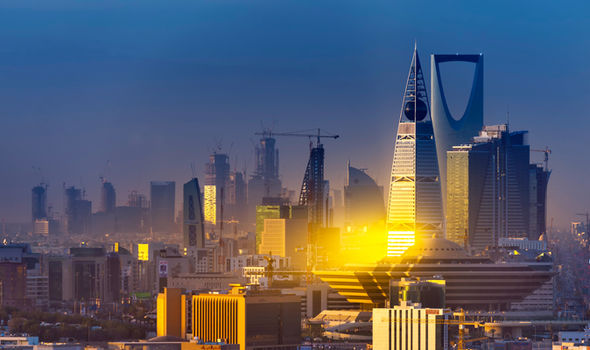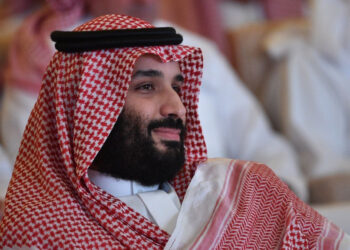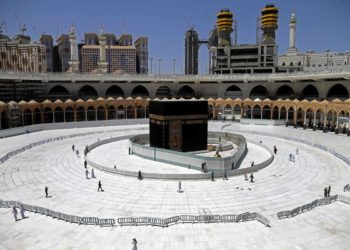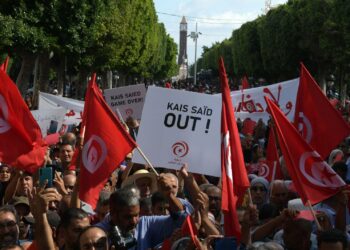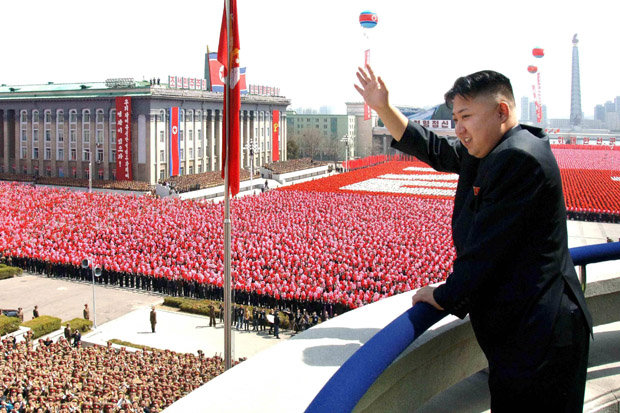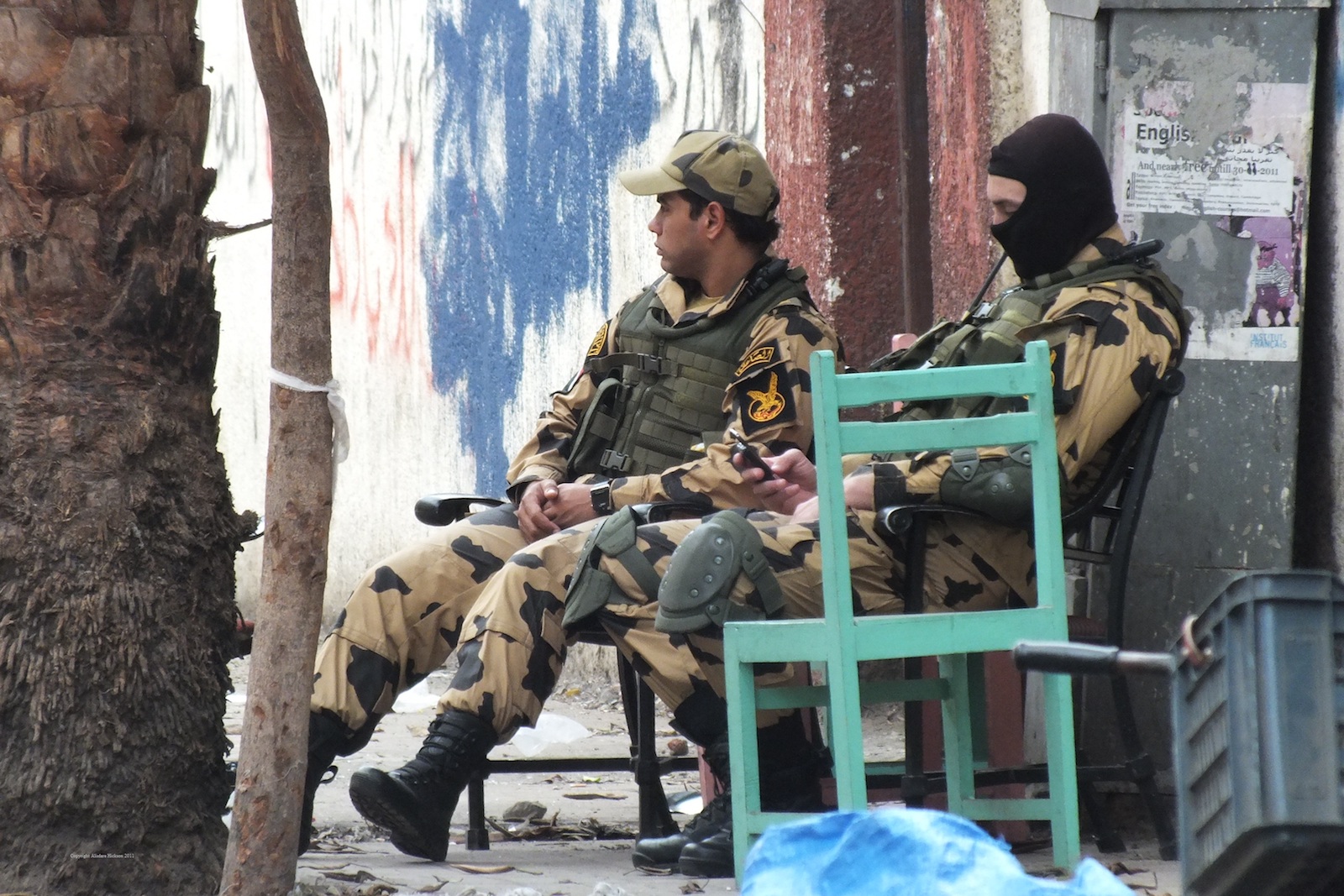Decades of raking in petrodollars produced a sense of complacency in Saudi Arabia. Authorities quickly realized the status quo was untenable when faced with a growing, young population and oil revenues insufficient to fund previous spending habits. The country subsequently embarked on a transformation program to shake up its sclerotic society. Spearheaded by its young, ambitious crown prince, Mohammed bin Salman, the Kingdom has announced a raft of measures under the umbrella of its Vision 2030 program.
Mohammed bin Salman’s boldest plan yet calls for building a new megacity in the desert, called Neom, powered by artificial intelligence and robots. The new city is slated to cover 10,000 square miles, roughly the size of Massachusetts, on a strip of uninhabited desert near the border with Egypt and Jordan. Expected to attract a whopping $500 billion of investment, Neom’s plans read like a sci-fi film set in the sand. No one could accuse the Saudis of lacking ambition.
Saudi development plans all revolve around one central goal: to wean the economy off its dependence on oil. A key plank of Vision 2030 is to raise the private sector’s share of GDP to 65 percent by 2030, from its current level of 40 percent. To achieve this goal, officials will need to grow productivity at rates hitherto unseen in the Kingdom.
Some officials have privately admitted that the goals set out in Vision 2030 are aspirational and that the undertaking will still be successful even if those goals are only partially met. This assertion is at odds with the very nature of ambitious projects like Neom. If the development program had been built around more conventional plans, such as upgrading human capital and incremental improvements to infrastructure, there would be room for partial success. By betting big on a few mega-projects like Neom, the government is forcing the fate of Vision 2030 into a binary set of outcomes: either it will be a roaring success or a complete failure.
If successful, Neom would represent a powerful symbol of Saudi Arabia’s transformation into a modern economy. If not successful, the government would be left with billions of dollars of worthless infrastructure withering in the harsh desert climate. A setback in the Neom project would also cast doubt on the viability of the entire Vision 2030 program.
The history of megacity development projects in the Gulf reveals a string of unrealized dreams. Saudi Arabia began plans for a series of economic cities a dozen years ago, with six such cities to be built. A 2007 presentation by the Saudi Arabian General Investment Authority states that authorities expected the six economic cities to add $150 billion per year to Saudi GDP by 2020 and generate 1.3 million jobs.
Ten years later, these plans seem hopelessly lofty. Some megacities remain works in progress; others have languished after being largely completed. King Abdullah Economic City is barely inhabited, with an estimated population of just 10,000. The infrastructure for King Abdullah Financial District has been built, but its buildings sit mostly empty. These mega-projects did not suffer from a failure to launch. The government built them, but no one came to inhabit them.
Dubai is perhaps the best example in the Gulf of economic diversification through ambitious real estate development. Dubai has built some notable success stories, such as Downtown Dubai, anchored by the world’s tallest building, and the Dubai International Financial Center. Dubai has also seen a few projects flop. Two out of three planned manmade, palm-shaped islands were never completed; other iconic projects such as the World and the Universe were quietly disbanded. In the wake of the global financial crisis in 2008, government-owned companies that had borrowed aggressively from overseas saw work come to a screeching halt. Dubai had to go hat-in-hand the following year to its wealthy neighbor Abu Dhabi for a $20 billion bailout to deal with its debt overhang.
Even Abu Dhabi has had its share of failed mega-projects. The emirate’s Masdar City was set to be the world’s first carbon-neutral city. Infrastructure was built, but the project never took off commercially. A 2016 report called it the ‘world’s first green ghost town’.
Saudi Arabia has other mega-developments in the pipeline, in addition to Neom. The government announced earlier this year that it will build a tourist destination on the Red Sea coast, spanning over 13,000 square miles of land and 50 islands. Authorities also plan to build an entertainment city southwest of Riyadh, with an amusement park and other attractions.
By hitching their economic diversification plans to a handful of headline-grabbing mega-projects, the Saudi government is charting a risky course. The track record of such undertakings in the region is mixed. After more than a decade of pursuing similar projects, Saudi Arabia has yet to produce a success story. Now authorities have decided to double down on their megacity bets and launch even more ambitious projects. The fate of their entire transformation strategy hangs in the balance.
Disclaimer: The views and opinions expressed here are those of the author and do not necessarily reflect the editorial position of The Globe Post.

